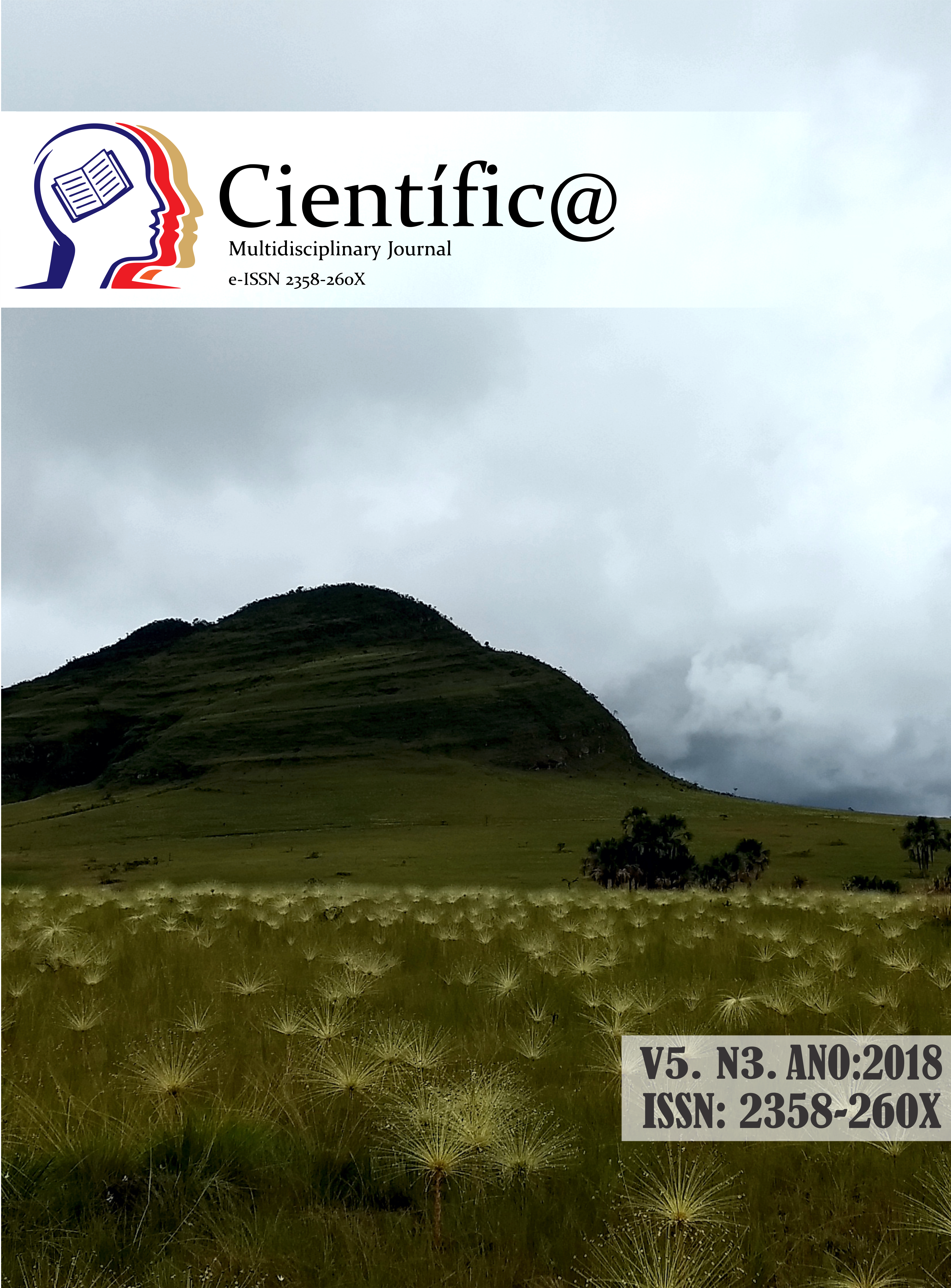DESEMPENHOS AGRONÔMICO E ECONÔMICO DE DIFERENTES CULTIVARES DE SOJA
DESEMPENHOS AGRONÔMICO E ECONÔMICO DE DIFERENTES CULTIVARES DE SOJA
DOI:
https://doi.org/10.29247/2358-260X.2018v5i3.p4-14Resumo
A soja Glycine Max (L) Merr, pertencente à família Fabaceae é uma espécie leguminosa de alto valor socioeconômico com vários produtos e subprodutos utilizados na fabricação de alimentos e rações. O estudo teve como objetivo realizar análises de viabilidade técnica e econômica na cultura da soja, na região central do Brasil, em duas épocas de plantio, utilizando quatro variedades de sementes, duas com a tecnologia Roundup Ready® (RR)e duas com a tecnologia INTACTA RR2 PRO™. O experimento foi conduzido no Centro de Pesquisa Agrícola – CPA, município de Rio Verde, GO. O delineamento experimental utilizado foi em blocos casualizados. Foram avaliadas populações inicial e final para levantamento de perdas e produtividade estimadas de cada cultivar, altura de planta, inserção de primeira vagem, peso de massa de mil grãos e produtividade. As cultivares de soja semeadas foram M 7110 IPRO, M 7739 IPRO, TMG 7262 RR e SYN 1163 RR. Para análise estatística foi realizado o teste F e conforme a significância procedeu-se ao teste de Tukey a 5%.Nas variedades testadas todas ocorreram uma diferença estatística de altura de planta nas duas épocas de semeadura, exceto a variedade M 7739 IPRO. Na altura de inserção de primeira vagem, todas as cultivares apresentaram uma proximidade entre as duas épocas de semeadura. No peso de massa de mil grãos, a cultivar M 7739 IPRO não diferiu seu peso independente das épocas de semeadura, as demais, já na segunda época, seu peso foi inferior quando comparado a primeira época. A produtividade não apresentou diferença significativa entre todas as quatro cultivares testadas nas duas épocas de semeadura. Ao ser contabilizadas todas as perdas e convertido estas ao custo inicial de sementes utilizadas para semeadura gera uma receita que apresenta perdas que resultam em menor produtividade deixando de produzir uma receita adicional que pode ser utilizada dentro da própria empresa agrícola.
Downloads
Publicado
Como Citar
Edição
Seção
Licença
Esta revista oferece acesso livre imediato ao seu conteúdo, seguindo o princípio de que disponibilizar gratuitamente o conhecimento científico ao público proporciona maior democratização mundial do conhecimento.
A partir da publicação realizada na revista os autores possuem copyright e direitos de publicação de seus artigos sem restrições.
A Revista Científic@ - Multidisciplinary Journal segue os preceitos legais da licença Creative Commons - Atribuição-NãoComercial 4.0 Internacional. 

